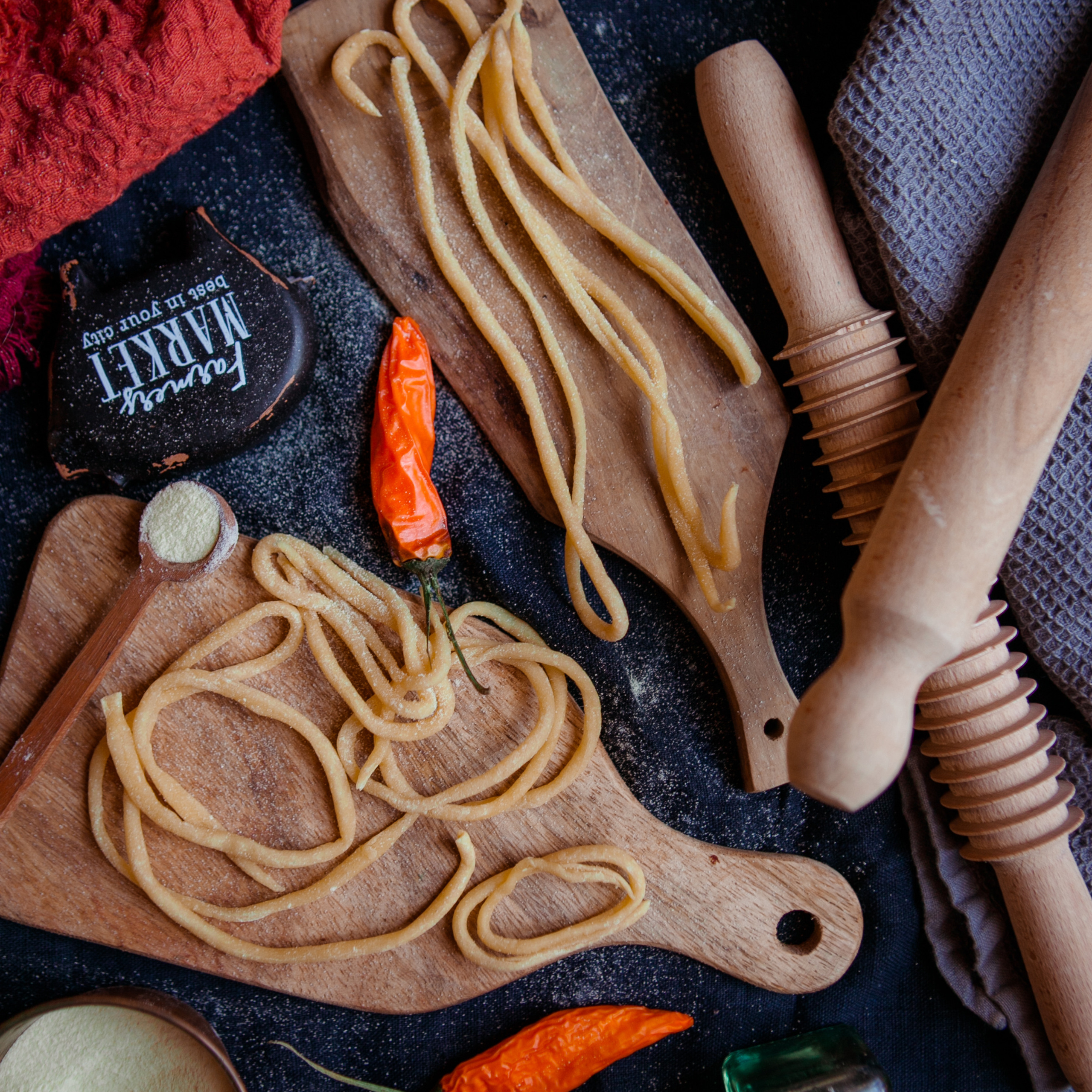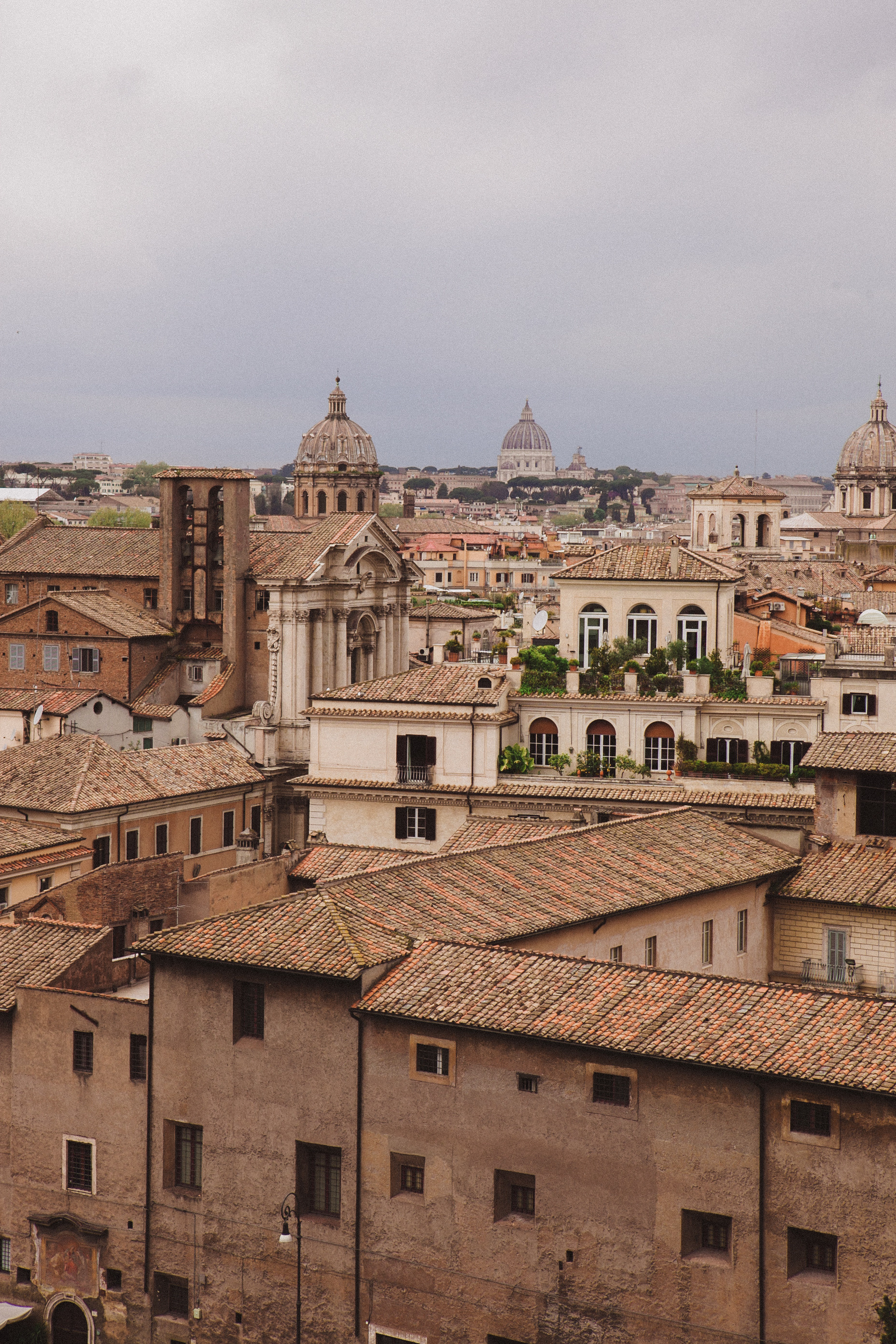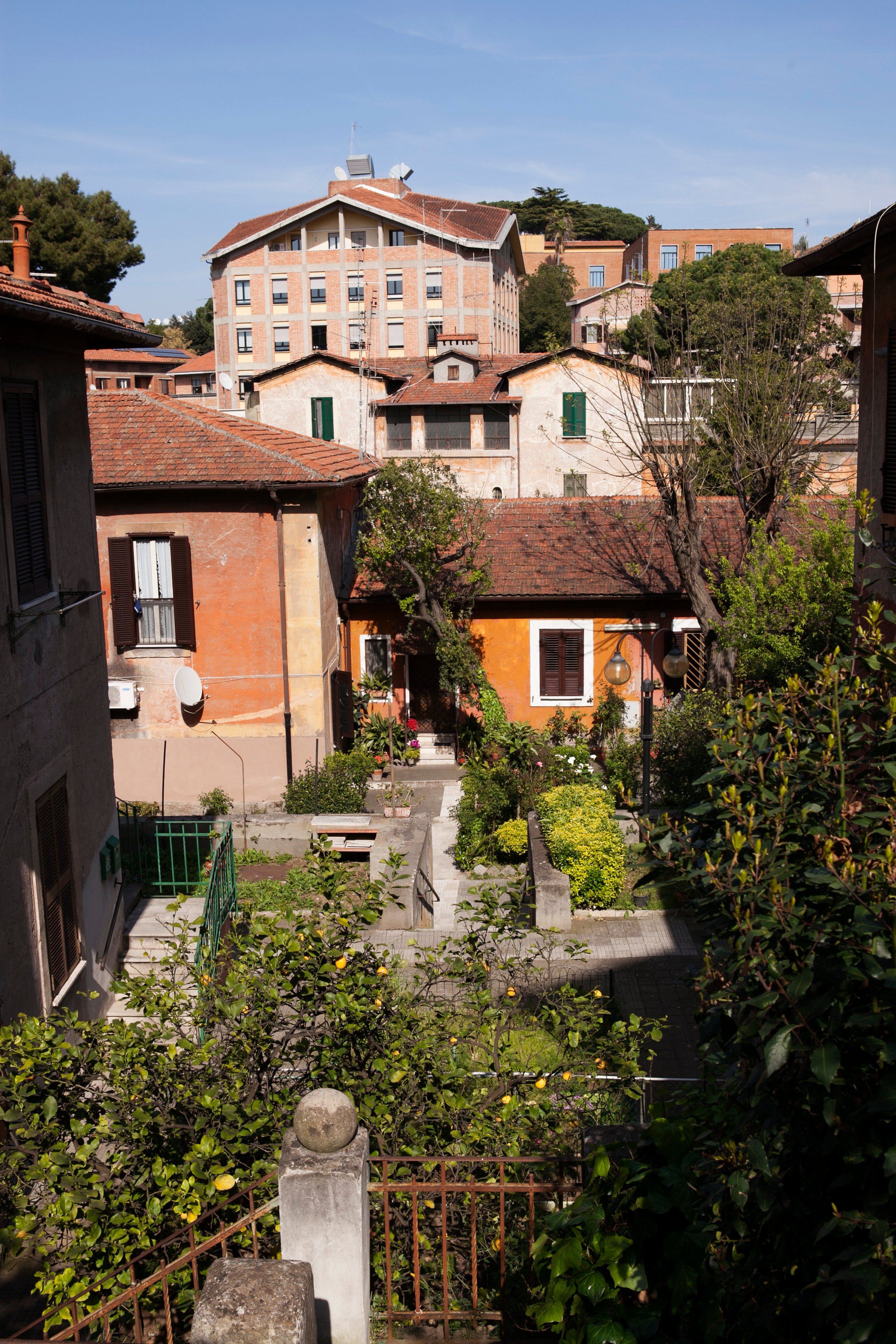
While you’re here, though, you’ll notice that Rome has so many visitors that not all of its restaurants are truly “Roman.” Unfortunately, many eateries cater to tourists, serving up “Italian” food that aren’t fresh, seasonal or even Roman!
So what is Roman food? Here are some of the foods of Rome and the Lazio region that you just have to order.
Pasta alla carbonara
The first of Rome’s most popular pastas, this is not as it’s made back home: Although the sauce is creamy, there’s no cream in it at all! Instead, the proper Roman carbonara is made of diced guanciale, eggs, and either parmesan or pecorino… and that’s it.
Tonnarelli Cacio e Pepe
Cacio e Pepe is one of the region’s oldest dishes, an incredibly simple combination of pasta (ideally thick and fresh egg tonnarelli), aged pecorino sheep cheese and lashings of black pepper. According to tradition, shepherds carried these non-perishable ingredients with them on their arduous journeys deep into the Lazio countryside with their fleecy flocks — sheep’s cheese was just about the only ingredient they could reliably call upon, welcome by-product of their profession.
Supplì
Roman supplì are shaped like an elongated meatball and comprise a heart of mozzarella encased by rice and meat sauce
Remember: to avoid arousing the ire of the locals, do not confuse supplì with Sicilian arancini!
Roman-style Fried cod fillet (Baccalà fritto alla romana)
Here is another protagonist of the street food in Rome, which can also be found as an appetizer but could easily constitute a meal: Roman-style cod fillet. This is one of the recipes that come from the Jewish tradition. Once upon a time, in fact, cod was the typical appetizer on Christmas Eve. Today instead, it can be found all year long in Rome.
Generally, this dish is served with a series of seasonal vegetables also battered and fried. The custom goes back centuries when this fish was considered a poor product, so much so that it was placed in small pieces in a mixed fried batter prepared with seasonal vegetables also cut into small pieces, called Pezzetti.
Roman-Jewish Fried Artichokes (Carciofo alla Giudìa)
This classic appetizer of the Judaic-Roman tradition is one of the dishes you absolutely must try if you are want to taste the real traditional Roman food.
At the heart of this recipe is a deep-fried crispy artichoke, which turns it into real chips.
Do not make the mistake of judging them just like any other fried artichoke though! The Carciofo alla Giudìa is a dish that requires a series of attention, starting from the selection of the primary ingredient.
Pizza
Of course, you can get pizza Italy-wide—but Roman pizza is among the best. Don’t expect thick, fluffy pizza here; instead, Roman pizza is paper thin, crisp, and always baked in a wood oven.
Coda alla vaccinara
Oxtail, another member of the cucina povera clan, slow-cooked until it falls off the bone and usually served in a hearty tomato stew.
Crostata di ricotta
A classic Roman dessert, this is a cheesecake made with ricotta. It’s just sweet enough, and often finished with chocolate or a fruit of the season; we particularly love it when fresh cherries are available.
Maritozzi
But if you’re in search of a sweet treat that is Roman to its core, then you should seek out maritozzi — massive leavened sweet buns freshly stuffed with lightly sweetened whipped cream and often enriched with pine nuts, raisins and candied orange peel. This kind of stuffed bun has a noble heritage stretching all the way back to ancient Rome, but the name maritozzo recalls a more recent tradition of young men gifting their beloved these sweet treats on the first Friday of March (a forerunner to St Valentine’s Day) decorated with sugared hearts and concealing a ring hidden inside.
Rome Advisor

Colosseum

How to get to Casa Vivaldi

Trastevere


